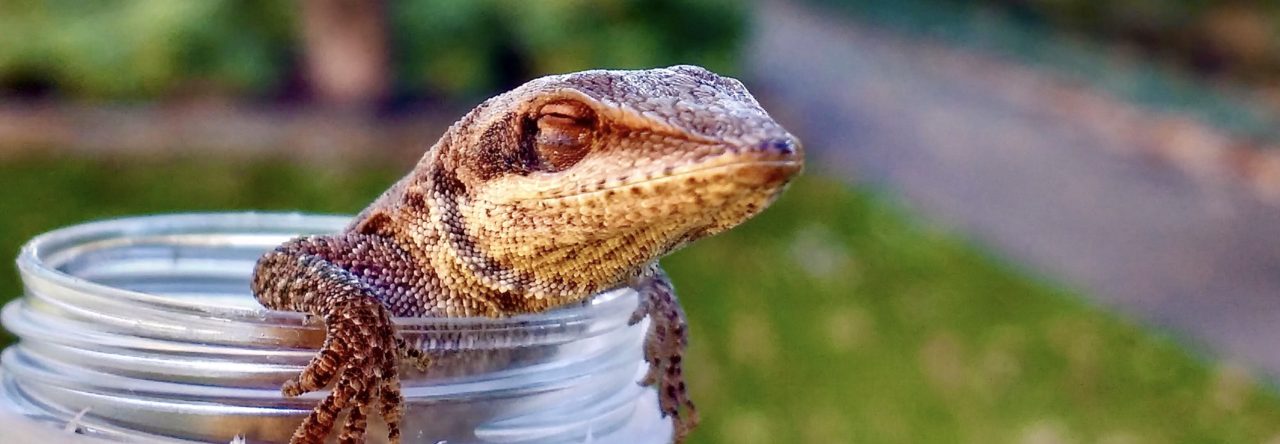The Howard Hughes Medical Institute earlier this year introduced a short film on anoles for use in teaching principles of evolution to high school and science biology classes. Now they’ve come up with a fabulous set of online class exercises to be used in conjunction with the film, the Lizard Evolution Virtual Lab!
I have to say, the exercises are fantastic! The exercises, which include data collection and analysis, include how to study phylogeny, natural selection and adaptation. Here’s how they describe it:
The virtual lab includes four modules that investigate different concepts in evolutionary biology, including adaptation, convergent evolution, phylogenetic analysis, reproductive isolation, and speciation. Each module involves data collection, calculations, analysis and answering questions. The “Educators” tab includes lists of key concepts and learning objectives and detailed suggestions for incorporating the lab in your instruction.
It is appropriate for students in high school biology and environmental science classes, and undergraduate biology, ecology, environmental science courses. The focus on observation, measurement, and experimental methods makes the lab a good fit for addressing “science as a process” or “nature of science” aspects of the curriculum. The emphasis on the collection, analysis, and graphing of data, connects to the mathematical dimension of biology and general goals of STEM integration.
Key Concepts:
- An adaptation is a structure or function that confers greater ability to survive and reproduce in a particular environment. (Modules 1 and 3)
- DNA sequence comparisons among different populations and species allow scientists to determine how distantly related different species are and how long ago they split from a common ancestor. (Module 2)
- Different species can independently evolve similar traits by adapting to similar environments or ecological niches in a phenomenon known as convergent evolution. (Module 2)
- The biological definition of a species is a group of interbreeding individuals that are reproductively, and thus genetically, isolated from other groups. (Module 4)
- When two groups within one species become geographically isolated—separated by a physical barrier, such as a river, canyon, or mountain range—genetic changes in one group will not be shared with members of the other, and vice versa. Over many generations, the two groups diverge as their traits change in different ways. (Modules 3 and 4)
- For two groups to become distinct species, traits must change in ways that will keep members of each group reproductively isolated—meaning that they will not mate or produce fertile offspring with members of the other group—even if they come to be in the same geographic location. (Module 4)
- Graphing data is an important way to objectively document differences and similarities. It can make it easier to spot patterns that would otherwise be difficult to see in tables of measurements or direct observations. (Modules 1, 3, and 4)
- Statistical tools provide a way to quantify variability in biological data and describe the degree of uncertainty in the results obtained using these data. (Modules 3 and 4)
- Evolution in Real Time on Lizard Island - March 23, 2025
- Spider Snags Adult Anolis osa - March 22, 2025
- An Homage to the Green Anoles of New Orleans - March 21, 2025



Skip Lazell
Great stuff! Thanks Jonathan…. Best from China, Skip